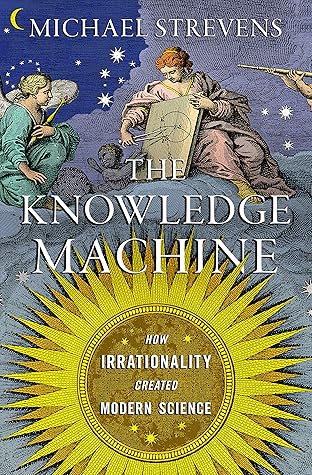More on this book
Community
Kindle Notes & Highlights
POPPER AND KUHN, though different in so many ways, were equally right about some exceptionally important things.
Is it the rule that’s irrational? Or those who believe in the guiding power of beauty?
Appeals to aesthetics have no place in public scientific argument, insists the iron rule. This ban on beauty is also an attack on reason: elegance often, if not always, points the way to truth.
BALANCE, BEAUTY, SYMMETRY. For all its dust, dirt, and motley ways of death, the universe has a good measure of these ethereal properties—a nobility of structure and an elegance in the fine texture, or so most of us would like to believe. There is a way in which, considered as an aesthetic whole, the world makes sense.
Galileo yearned to know the nature of light. “I had always felt so unable to understand what light is,” he wrote to a friend, “that I would gladly have spent all my life in jail, fed with bread and water, if only I was assured that I would eventually attain that longed-for understanding.”
Science is not light; it is not promulgated by a star. Nor is it a golem, a glass slipper, a neurasthenic bird, or a coral reef. It is not, indeed, a machine. It is a social institution. It could not be brought into existence by a celestial body or by a magical incantation.


